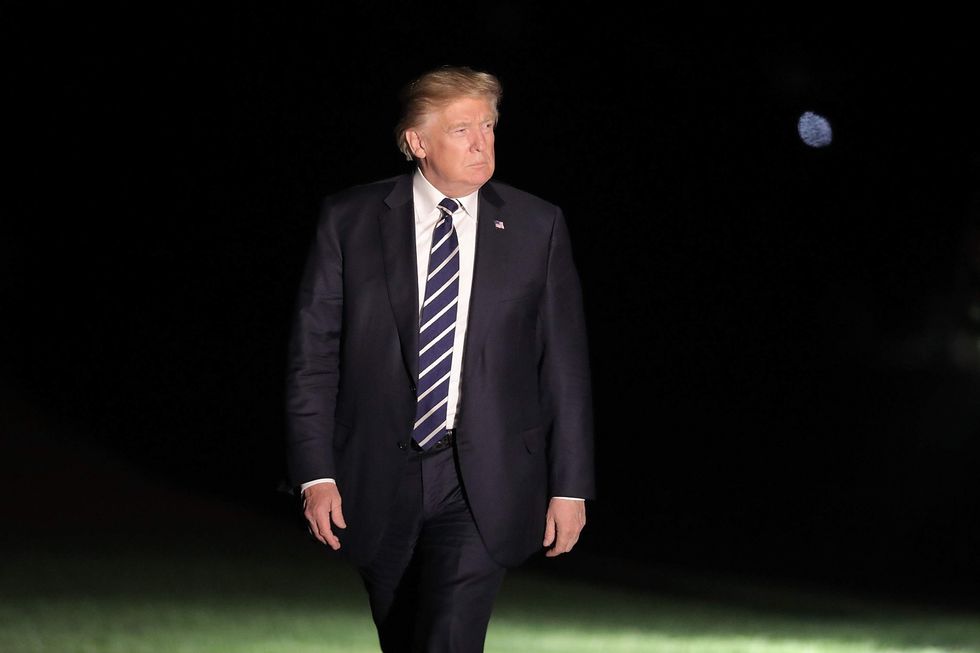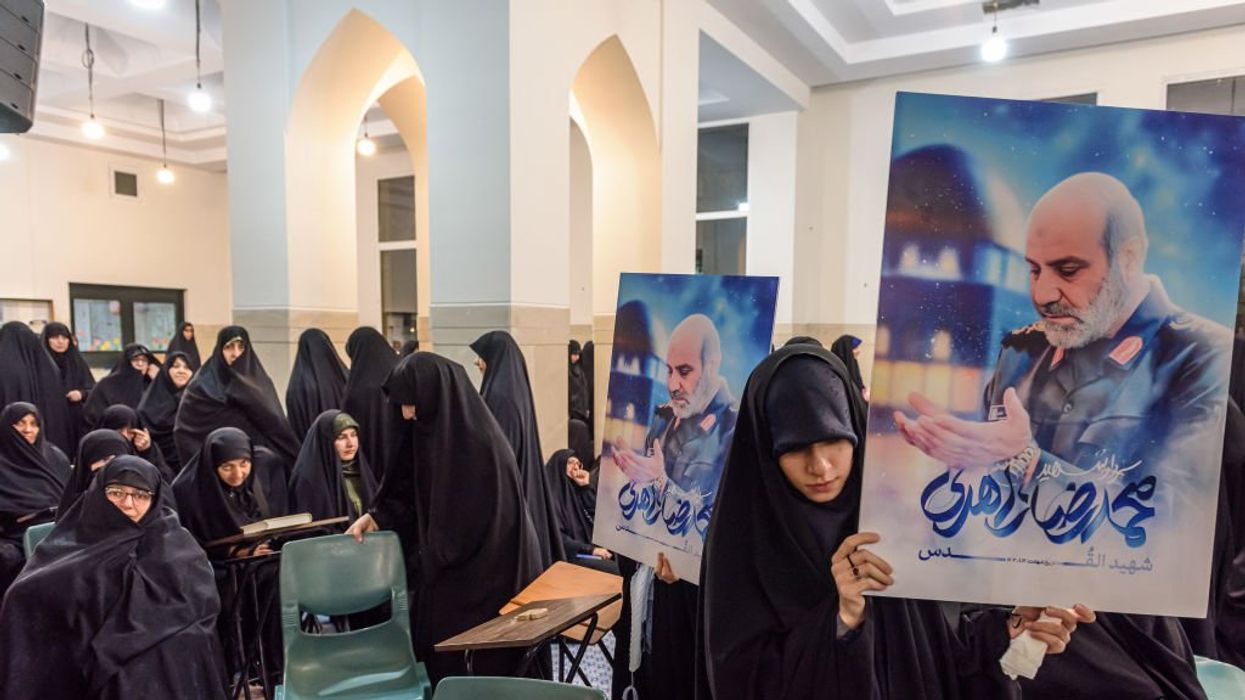President Donald Trump tweeted Tuesday that Rep. Tom Marino (R-Pa.) has withdrawn from consideration to become the next drug czar.
"Rep. Tom Marino has informed me that he is withdrawing his name from consideration as drug czar," Trump tweeted. "Tom is a fine man and a great Congressman!"
The Pennsylvania Republican's withdrawal comes on the heels of an explosive Washington Post and CBS "60 Minutes" report that revealed industry lobbyists and Congress derailed the DEA's efforts to stop the nation's worst drug epidemic in U.S. history.
Whistleblower Joe Rannazzisi ran the DEA's Office of Diversion Control, the division that regulates and investigates the pharmaceutical industry. Rannazzisi told the Post and CBS "60 Minutes" that the opioid crisis was allowed to spread — aided by Congress, lobbyists, and a drug distribution industry that shipped, almost unchecked, hundreds of millions of pills to rogue pharmacies and pain clinics providing the rocket fuel for a crisis that, over the last two decades, has claimed 200,000 lives.
Following the report, several members of Congress called for the White House to pull Marino's nomination as drug czar, according to NPR.
What did the investigative report reveal?
● In 2013, Rannazzisi and his DEA investigators were trying to crack down on big drug distributors that ship drugs to pharmacies across the country. He believed big pharmaceutical companies were turning a blind eye as millions of prescription pain pills ended up on the black market.
● With the help of members of Congress, the drug industry began to quietly pave the way for legislation that essentially would strip the DEA of its most potent tool in fighting the spread of dangerous narcotics.
● The bill, introduced in the House by Marino and Rep. Marsha Blackburn of Tennessee, was promoted as a way to ensure that patients had access to the pain medication they needed.
● Jonathan Novak, who worked in the DEA's legal office, said what the bill really did was strip the agency of its ability to immediately freeze suspicious shipments of prescription narcotics to keep drugs off U.S. streets — what the DEA calls diversion.
● The DEA signed off on the final version of the "Marino bill."
● In March 2016, Majority Leader Mitch McConnell brought the legislation to the floor and it passed the Senate through unanimous consent with no objections and no recorded votes.
● It passed the House the same way.
● A week later, with no objections from Congress or the DEA, President Barack Obama signed it into law without ceremony or the usual bill signing photo-op. Marino issued a news release the next day claiming credit for the legislation.
What else is important about Marino's involvement?
The report revealed that Marino took nearly $100,000 from the pharmaceutical lobby while sponsoring a bill that made it easier for drug companies to distribute opioids across American communities and thwart the Drug Enforcement Agency, according to CNN.
So, what's Trump going to do about the opioid crisis?
Not sure, yet.
Trump told reporters on Monday during a news conference with McConnell that he had not yet read the report by the Washington Post and CBS "60 Minutes."
He said would read the report and suggested he would be open to changing the law that Marino helped push through and said he would make good on an earlier promise to declare the opioid epidemic a national emergency.
“We’re going to have a major announcement, probably next week, on the drug crisis and on the opioid massive problem, ” Trump said.
What do we know about the opioid crisis?
Opioids were involved in more than 33,000 deaths in the United States in 2015, the last year of publicly available data, according to the Centers for Disease Control and Prevention. Overdoses from the category of drugs nearly quadrupled between 1999 and 2015, according to the CDC.
● 91 people die every day from opioid overdoses, including prescription drugs and heroin.
● Overdoses from prescription opioids are a driving factor in the 15-year increase in opioid overdose deaths
● The amount of prescription opioids sold to pharmacies, hospitals, and doctors’ offices nearly quadrupled from 1999 to 2010, yet there had not been an overall change in the amount of pain that Americans reported.
● Deaths from prescription opioids — drugs like oxycodone, hydrocodone, and methadone — have more than quadrupled since 1999.



